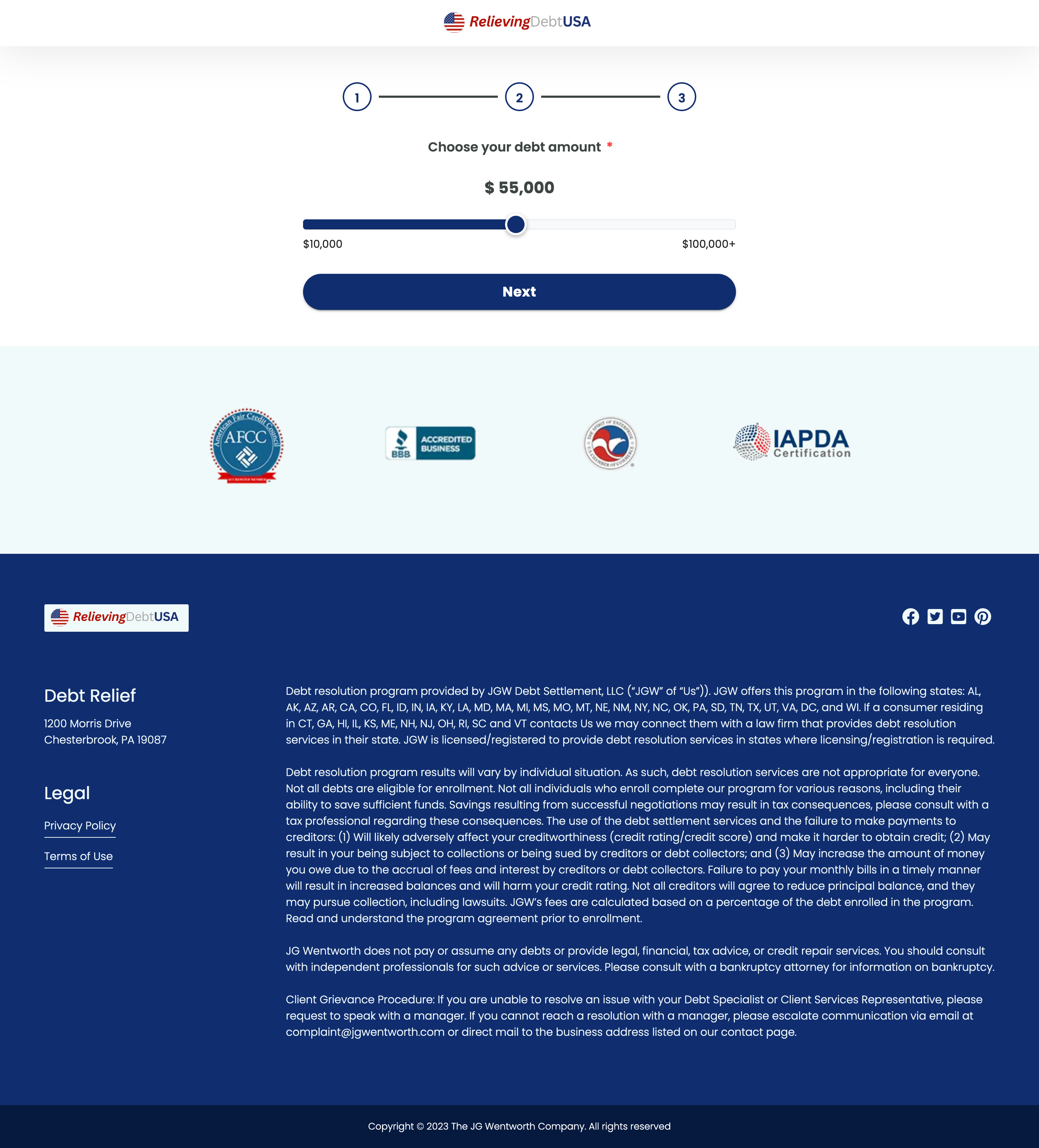Top 10 SEO Factors to Consider When Designing a Landing Page
Table of Contents
Introduction
Creating a highly optimized landing page is essential for improving search engine rankings and attracting potential customers. The SEO landscape is evolving, and keeping up with the latest trends is crucial for any digital marketer. In this article, we’ll explore the top 10 SEO factors that should be considered when designing a landing page to maximize visibility and engagement.
1. Keyword Research
Keyword research forms the foundation of any SEO strategy. Identifying the right keywords helps in understanding the language and the intent of users who search for content related to your landing page. Use tools like Google Keyword Planner or Ahrefs to discover high-volume search terms with low competition. By incorporating these keywords naturally into your landing page, you can enhance its relevance and visibility in search engine results.
2. On-Page SEO
On-page SEO includes optimizing individual page elements such as headings, subheadings, and content. Make sure your HTML elements like <h1>, <h2>, and <p> tags are well-structured and include your chosen keywords. Optimize URLs, alt text for images, and maintain a clean, semantic structure to help search engines understand your content more effectively.
3. Page Load Speed
Page load speed is a critical ranking factor for search engines. A slow loading landing page can lead to higher bounce rates and lower conversions. Use tools like Google’s PageSpeed Insights to analyze and improve your page load times. Implement image compression, leverage browser caching, and minify CSS and JavaScript files to enhance speed.
4. Mobile-Friendliness
With the increase in mobile users, having a mobile-friendly landing page is essential. Use responsive design techniques to ensure your page adjusts seamlessly to different screen sizes. Google’s Mobile-Friendly Test tool can help you evaluate how well your page performs on mobile devices and make necessary adjustments.
5. Content Quality
High-quality content is essential for both engaging users and ranking well on search engines. Your landing page content should be relevant, informative, and provide value to your visitors. Use clear and concise language, break content into digestible sections, and avoid keyword stuffing. Incorporate multimedia elements like images and videos to enrich your content.
6. User Experience
Providing an excellent user experience (UX) ensures visitors remain engaged with your landing page, which can positively affect your SEO. Ensure easy navigation, intuitive design, and clear call-to-action (CTA) buttons. A seamless UX can reduce bounce rates and increase the chances of conversion.
7. Schema Markup
Schema markup helps search engines understand the context of your landing page content, potentially enhancing search visibility with rich snippets. Implementing schema markup can improve CTR and provide users with detailed information about your page directly in search results.
8. Security (HTTPS)
Security is crucial for building trust with your visitors and search engines. Ensure your landing page uses HTTPS to provide a secure connection. Google favours websites with secure certificates, affecting your SEO ranking positively.
9. Meta Data Optimization
Metadata, including titles and descriptions, play a pivotal role in how your landing page appears in search results. Craft compelling and keyword-rich meta titles and descriptions to improve click-through rates. Ensure they accurately represent the content of your landing page.
10. Backlinks and Internal Linking
Backlinks act as endorsements from other sites, enhancing the credibility and authority of your landing page. Develop a strategy for acquiring quality backlinks through guest blogging, partnerships, or content promotion. Additionally, employing a robust internal linking structure will help distribute page authority and assist search engines in navigating your site.
Conclusion
Designing an SEO-optimized landing page requires a comprehensive approach that combines technical SEO with high-quality content and excellent user experience. By implementing these top 10 factors, you can significantly improve your landing page’s search engine visibility and engagement rates. Whether you need to capture landing page content or save it for offline analysis, consider using a reliable tool like the landing page ripper tool to streamline the process and stay ahead of the competition.









